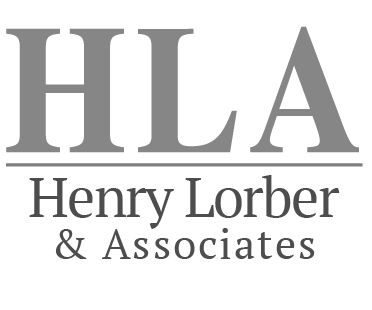Process
Receiverships
In a dispute between a lender and borrower, the Receiver’s assignment is to stabilize the asset and deal with fiscal and physical issues which may have contributed to the default. This frequently includes providing new property management, financial controls and proper supervision in order to assure a smooth transition and ultimately the best resolution for all parties.
In partnership or family conflicts, the HLA team begins any assignment focused on parties’ dynamics and how the participants handle the situation. The immediate needs of the businesses are then evaluated and what, if any, critical actions (ie... insurance, financial, litigation deadlines or physical demands of the asset) need to be taken. Once HLA understands the needs of both the participants and the businesses, we are in a much better position to evaluate the short- and long-term issues involved. Multiple generations of related or unrelated individuals complicate both the management and the ability to plan the future path of the business. What we have found through years of experience is that, especially in conflict scenarios, the businesses seem to become secondary and are therefore frequently damaged due to either neglect or the inability of the parties to agree as to how they should be managed.
Frequently, by just quieting the “noise level”, we can focus on the needs of the business. For example, is ongoing management or leasing of the assets required? Is there a need to dispose of an unnecessary piece of collateral? Is there the ability or the need to refinance or pay off a loan secured by one of the holdings?
Once the priorities of both the principals and the business are established, HLA takes an active role in implementing agreed upon plans. A critical portion of this is to ensure that all parties have the same information at the same time. By treating all as equals, HLA reduces potential conflicts which otherwise might arise. Managing the process impartially helps to create the atmosphere in which the assets and the partners (family or otherwise) can all share in the opportunities as they are presented.
HLA takes a very methodical approach to assignments into which we are invited.
Lender (Creditor) / Borrower (Debtor) Representation
Often, when a borrower is unable to comply with repayment terms and conditions, lenders become anxious to ensure the loan does not become non-performing. Lenders seek assurances that the situation can be stabilized and the causes that created issues can be rectified. Many dynamics are at play when a borrower is unable to perform pursuant to the terms and conditions of the financing arrangement. Imbalanced behavior of either lender or borrower can upset a fragile relationship which, if left unaddressed, would lead to undesirable consequences to one party or the other, or perhaps both.
HLA bridges communication by providing realistic assessments of the situation and by developing restructuring and / or exit strategies.
For the lender, HLA can provide case specific or portfolio management and direction including cash flow and collateral assessment, net present value calculations, asset impairment, and exit / hold strategies. Bank management is provided with periodic updates as to progress and status. HLA can also perform loan portfolio stress testing on capital concentrated assets or by credit centric criteria such as geography, industry, or source of repayment.
Borrowers alike benefit from HLA involvement via strategic assessment of their financial condition and likely outcome of the situation. By allowing HLA to interact with the lender, the borrower can achieve a balanced representation leading to a successful resolution.
